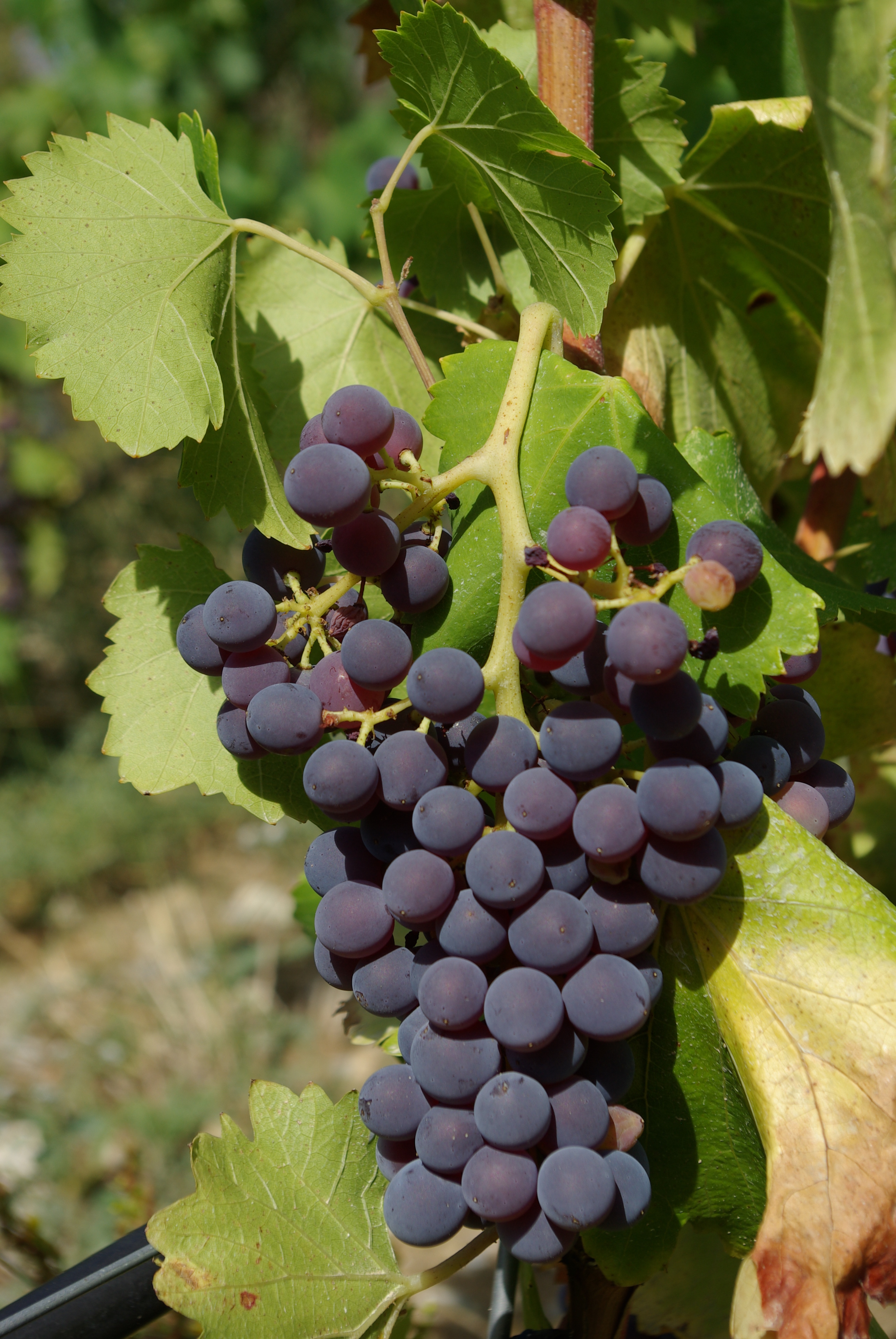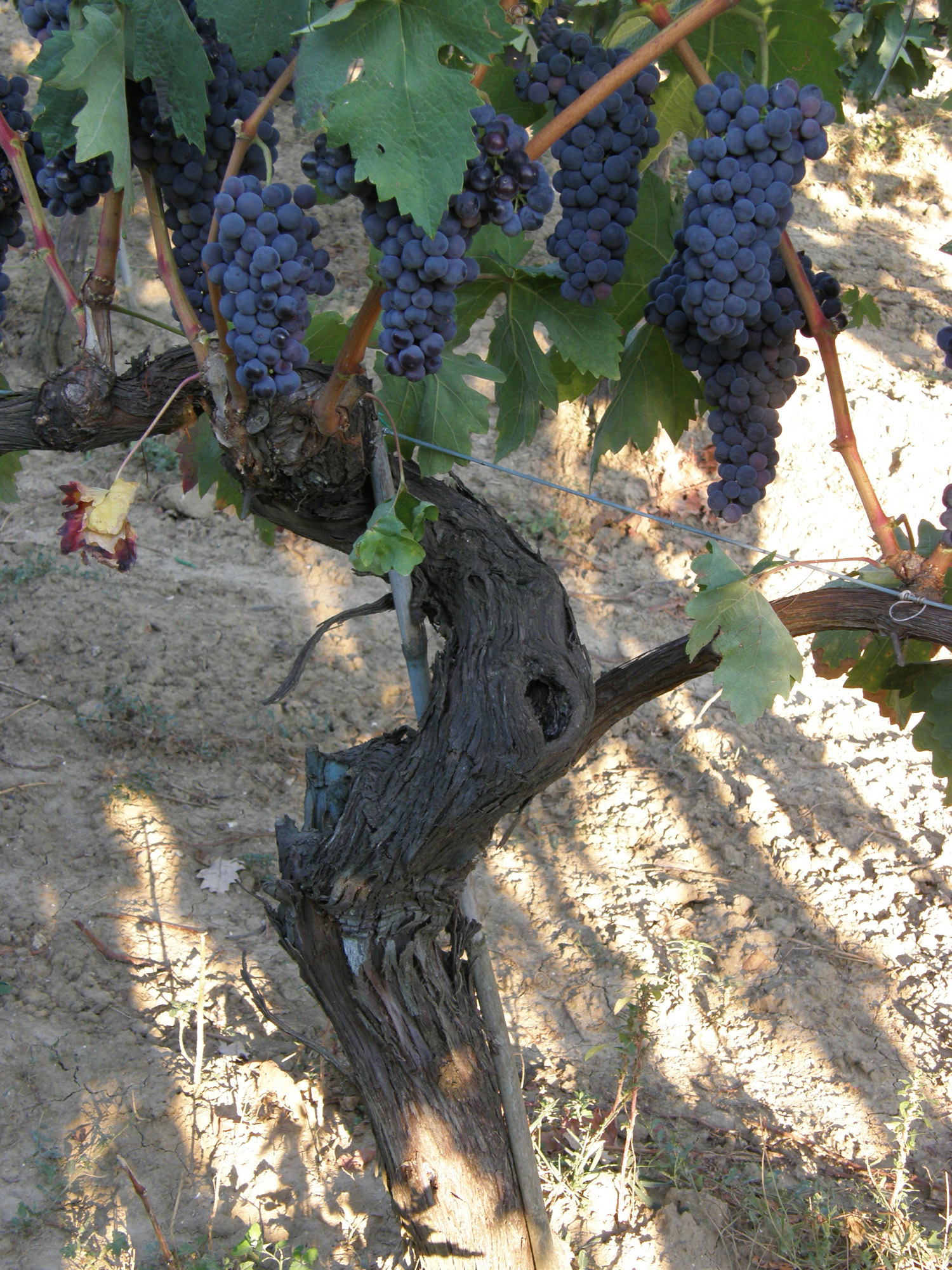|
Arribes (DO)
Arribes is a Spanish Denominación de Origen, Denominación de Origen Protegida (DOP) for wines located in the southeast of the province of Province of Zamora, Zamora and the northeast of the province of Province of Salamanca, Salamanca (Castile and León, Spain), along the border with Portugal on the banks of the River Duero. In 2002 the area covered by the DOP along with parts of Portugal on the opposite bank was declared a Natural Park, Arribes del Duero Natural Park, Parque Natural de Arribes del Duero. History There are two theories regarding the origins of winemaking in the Arribes region. The first says that it was the ancient Romans who introduced grape-growing and wine-making. The second theory says it could have been the Phoenicians (wine), Phoenicians at a much earlier date, making use of their fleets along the Duero and the port of Porto. In 1998, the area was awarded the category of Vino de la Tierra and on 27 July 2005, it was awarded the higher category of Deno ... [...More Info...] [...Related Items...] OR: [Wikipedia] [Google] [Baidu] |
Province Of Zamora
Zamora () is a Provinces of Spain, province of western Spain, in the western part of the autonomous communities of Spain, autonomous community of Castile and León. It is bordered by the provinces of Province of Ourense, Ourense, Province of León, León, Province of Valladolid, Valladolid, and Province of Salamanca, Salamanca, and by Portugal. The present-day province of Zamora was one of three provinces formed from the former Kingdom of León in 1833, when 1833 territorial division of Spain, Spain was reorganized into 49 provinces. Of the 174,549 people (2018) in the province, nearly a third live in the capital, Zamora (Spain), Zamora. This province has 250 municipalities. Geography The Province of Zamora is in northwestern Spain where it borders on Portugal, which lies to the southwest. To the west lies the province of Ourense, to the north lies Province of León, León, to the east lies Province of Valladolid, Valladolid, and to the south lies Province of Salamanca, Sa ... [...More Info...] [...Related Items...] OR: [Wikipedia] [Google] [Baidu] |
Slate
Slate is a fine-grained, foliated, homogeneous, metamorphic rock derived from an original shale-type sedimentary rock composed of clay or volcanic ash through low-grade, regional metamorphism. It is the finest-grained foliated metamorphic rock. Foliation may not correspond to the original sedimentary layering, but instead is in planes perpendicular to the direction of metamorphic compression. The foliation in slate, called " slaty cleavage", is caused by strong compression in which fine-grained clay forms flakes to regrow in planes perpendicular to the compression. When expertly "cut" by striking parallel to the foliation with a specialized tool in the quarry, many slates display a property called fissility, forming smooth, flat sheets of stone which have long been used for roofing, floor tiles, and other purposes. Slate is frequently grey in color, especially when seen ''en masse'' covering roofs. However, slate occurs in a variety of colors even from a single locality; for ... [...More Info...] [...Related Items...] OR: [Wikipedia] [Google] [Baidu] |
Verdejo
Verdejo is a variety of wine grape that has long been grown in the Rueda region of Spain. The grape originated in North Africa, and was spread to Rueda in about the 11th Century, possibly by Mozarabs. Verdejo was generally used to make a strongly oxidized, Sherry-like wine. In the mid-20th century, Verdejo almost became extinct, had it not been for the local winegrower Ángel Rodríguez Vidal (Bodega Martinsancho), who opted for this variety and contributed to re-establishing its prominence in the region. In recognition of his work, he was honoured with the Cross of the Order of Agricultural Merit by King Juan Carlos I of Spain. In the 1970s, the winemaking company Marqués de Riscal began to develop a fresher style of white wine based on Verdejo with the help of French oenologist Émile Peynaud.Asimov, Eric (2008)"Wines of the Times: Emerging, in Spain, to Warm Applause" ''The New York Times'', March 5, 2008. Online version retrieved 2008-03-07. In 1980, white wines fr ... [...More Info...] [...Related Items...] OR: [Wikipedia] [Google] [Baidu] |
Albillo
Albillo or Albillo Real is a white Spanish wine grape varietyAlbillo Real , , accessed on June 26, 2010 planted primarily in the region, and also in , Ávila (province), Ávila and Galicia (wine), Galicia. The grape has mostly neutral flavors with a light perfume aroma. It has a high glycerol index which confers smoothness to the wines. It is sometimes added to th ... [...More Info...] [...Related Items...] OR: [Wikipedia] [Google] [Baidu] |
Doña Blanca
Doña Blanca (Spanish "White Lady", also known as Dona Branca in Portuguese) is a white Spanish (wine), Spanish and Portuguese wine, Portuguese grape variety that is grown primarily in the northwest Galicia (wine), Galicia region of Spain and throughout Portugal from the Douro (wine), Douro northward. The variety is a permitted grape in the Spanish ''Denominación de Origens'' (DOs) of Valdeorras (DO), Valdeorras and Monterrei (DO), Monterrei in Galicia and Bierzo (DO), Bierzo in nearby Castile and León. In Spain, the variety is known as Doña Blanca (except in Valdeorras, where it is primarily known as Valenciana), while in Portugal it goes mainly by the name Dona Branca. The grapes have thick skins, which do well in the wet maritime climate (wine), maritime climate, but it can also impart some astringency and slight bitterness (wine), bitterness even with the briefest of skin contact during production due to the high proportion of polyphenols in the skin.J. Robinson ''Jancis ... [...More Info...] [...Related Items...] OR: [Wikipedia] [Google] [Baidu] |
Bruñal
Alfrocheiro Preto is a red Portuguese wine grape variety planted primarily in the Dão DOC and Alentejano VR. The grape is known for the deep coloring it can add to wine blends. J. Robinson: ''Jancis Robinson's Wine Course'' Third Edition, p. 130. Abbeville Press 2003 . Under the name ''Baboso negro'', it is considered a minor Spanish red grape variety, growing mainly in the provinces of Zamora and Salamanca, in the region of Castile and León. It is one of the authorized varieties of the La Gomera and El Hierro Denominación de Origen, in the Canary Islands (Spain). Synonyms Alfrocheiro Preto is also known under the synonyms Albarín Negro, Alfrocheiro, Alfurcheiro, Tinta Bastardinha, Tinta Francisca de Viseu, Bastardo negro, and Bruñal. The official name in Spain is Baboso negro. See also *List of Portuguese grape varieties Portugal's history of viticulture and vinification covers many centuries and has included the use of an extensive number native varieties. In addition, ... [...More Info...] [...Related Items...] OR: [Wikipedia] [Google] [Baidu] |
Mencía (grape)
Mencía, known as Jaen in Portugal, is a grape variety native to the western part of the Iberian Peninsula. In Spain, it is planted on over , with another in neighboring Portugal. It is primarily found in the Bierzo, Ribeira Sacra, Valdeorras, Monterrei and Dão wine regions. Most wines produced from Mencía have traditionally been light, pale, relatively fragrant red wines for early consumption. This style of wine was the result of post-Phylloxera plantations on fertile plains, which tended to give high yields but diluted wine. In recent years, much more concentrated and complex wines have been produced by a new generation of winemakers, primarily from old vines growing on hillsides, often on schist soils, in combination with careful vineyard management. This has led to a renewed interest in Mencía and the denominaciones de origens using it, such as Bierzo, Valdeorras, Ribeira Sacra, Monterrei and the little-known Liébana. Since the 1990s, the grape is increas ... [...More Info...] [...Related Items...] OR: [Wikipedia] [Google] [Baidu] |
Garnacha (grape)
Grenache (; ) or Garnacha () is one of the most widely planted red wine grape varieties in the world. Niels Lillelund: ''Rhône-Vinene'' p. 25, JP Bøger – JP/Politikens Forlagshus A/S, 2004. . It ripens late, so it needs hot, dry conditions such as those found in Spain, where the grape is believed to have originated. It is also grown in the Italian island of Sardinia, the south of France, Australia, and California's Monterey AVA, Paso Robles, Santa Barbara County and San Joaquin Valley. It is generally spicy, berry-flavored and soft on the palate and produces wine with a relatively high alcohol content, but it needs careful control of yields for best results. Characteristic flavor profiles on Grenache include red fruit flavors (raspberry and strawberry) with a subtle, white pepper spice note. Grenache wines are highly prone to oxidation, with even young examples having the potential to show browning (or "bricking") coloration that can be noticed around the rim when ev ... [...More Info...] [...Related Items...] OR: [Wikipedia] [Google] [Baidu] |
Rufete (grape)
Rufete is a red Spanish/Portuguese wine grape variety that is grown primarily used in port wine production in the Douro region of Portugal. It is also grown up along the Duero basin across the border in the Spanish province of Castile and León and can be found in the Dão DOC of Portugal where the variety is known as ''Tinta Pinheira''.J. Robinson ''Jancis Robinson's Guide to Wine Grapes'' pg 161 Oxford University Press 1996 Wine regions While the grape is mostly associated with the fortified wine production of the Douro, it can also be found in other smaller Portuguese and Spanish wine regions such as the Arribes ''Denominación de Origen'' (DO) right along the Portugal/Spanish border in Castile and León and the Castelo Rodrigo, Cova da Beira and Pinhel wine regions located within the larger Beiras ''Vinho Regional'' (VR) in Portugal. T. Stevenson ''"The Sotheby's Wine Encyclopedia"'' pg 330-333 Dorling Kindersley 2005 Viticulture and wine styles Rufete is known to be ... [...More Info...] [...Related Items...] OR: [Wikipedia] [Google] [Baidu] |
Juan García (grape)
Juan García is a rare Spanish red grape variety. The Juan García grape variety is found mainly within the province of Zamora and Salamanca, mainly concentrated to the vineyard terraces planted and harvested through the centuries in the terroirs of the small ancient villages once remotely built and enclaved alongside the border of the gargantuan green gorge of the Arribes del Duero river canyon. It is also an authorized grape variety in the Denominación de Origen of Arribes and the Ribeira Sacra. Juan García is considered a pre-phylloxera variety autochthonous of the villages that are located bordering the Arribes del Duero river canyon´s passage in north-western Spain. The location is designated as a Natural Park. The Juan García grape variety has medium sized, elliptical berries with dark blue-black skins that grow in compact bunches on short pedicels. Bud break is mostly early, vigor is medium-high, and it is highly productive. The variety shows good resistance to p ... [...More Info...] [...Related Items...] OR: [Wikipedia] [Google] [Baidu] |
Tinto Madrid
Tempranillo (also known as Ull de Llebre, Cencibel, Tinto Fino and Tinta del País in Spain, Aragonez or Tinta Roriz in Portugal, and several other synonyms elsewhere) is a black grape variety widely grown to make full-bodied red wines in its native Spain. Its name is the diminutive of the Spanish ''temprano'' ("early"), a reference to the fact that it ripens several weeks earlier than most Spanish red grapes. Tempranillo has been grown on the Iberian Peninsula since the time of Phoenician settlements. It is the main grape used in Rioja, and is often referred to as Spain's noble grape. The grape has been planted throughout the globe's wine regions. In 2015, Tempranillo was the fourth most widely planted wine grape variety worldwide with under vine, of which 87% was in Spain where it is the most planted red grape variety. Unlike more aromatic red wine varieties like Cabernet Sauvignon, Sangiovese and Pinot noir, Tempranillo has a relatively neutral profile so it is often b ... [...More Info...] [...Related Items...] OR: [Wikipedia] [Google] [Baidu] |




